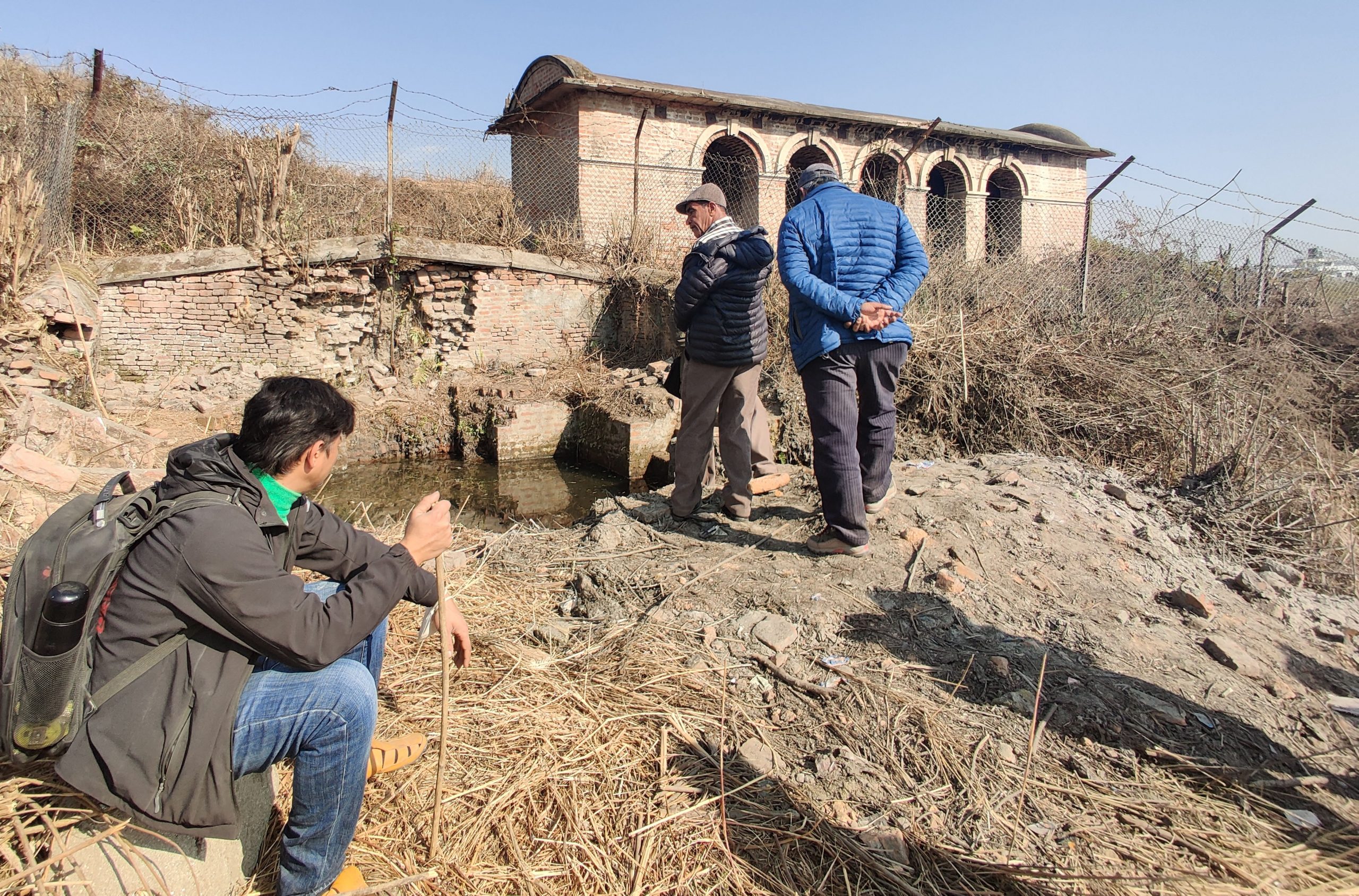Inaugurated in 1955, the Tribhuvan International Airport is the only international air gateway to Nepal so far. It has been crucial for Nepal’s overall development. But, sometimes, development comes with a cost. In the case of Kathmandu, some development projects have resulted in the encroachment of land and heritage.
One such encroachment, says heritage activist Yadav Lal Kayastha, is the recently discovered phalcha (patio designed in ancient Newa: architecture) and four lo:hitis (stone spouts) inside the airport premises.
On December 1, Kayastha and his team first entered the airport premises to assess the condition of the recently reported heritage, on the east of the runway. During their quest, they came to know about the existence of an even more important heritage artefact. A stone pillar where Sankhadhar Sakhwa supposedly announced people were now debt-free and where Nepal Sambat officially started was destroyed when the airport came into existence.
What are the evidences?
After some sources reported the existence of hitis and the pillar to him, Kayastha says his team talked to many people, from historians to cultural experts including Satya Mohan Joshi and Malla K Sundar, and even consulted the Department of Archaeology, and chief of National Archives Saubhagya Pradhananga, to collect evidence about them.
“We found that there was a tall stone pillar where the airport has its runway now. In the name of development, people broke that pillar and built the runway over it,” he says, “It is our understanding that the pillar was where our national hero Sankhadhar Sakhwa announced that the Nepa: mi (people of Nepal Mandala) were free from the debt and started Nepal Sambat because it was a centre-point for the valley residents.”
Advocate Krishna Gopal Aryal adds, “The pillar is a symbol of the debt cleared by Sakhwa. It is said the pillar’s height or weight was kept equivalent to the stack of debt papers that were collected.”
With only a month into its reported existence, detailed study regarding exactly how old the heritage is and its connection to Nepal Sambat is yet to be ascertained. However, Kayastha remarks that the heritage at least has more than 1,100 years of history. “Regardless of the records, this is an important cultural and historic site for Nepal, so we must preserve this.”
Another reason why Kayastha thinks the site deserves recognition is that it had acted as a zero-point that connected the three districts of the valley.
“This area is said to be an equidistant point from four of the major points around the Kathmandu Valley, including Hanuman Dhoka of Kathmandu, Sukul Dhoka of Bhaktapur, Patan Dhoka of Lalitpur and Dakshin Dhoka of Gokarna. It was said people from all these areas leaving at the same time used to reach here at the same time when summoned,” local Laxman Bista recalls the stories he heard from his parents and grandparents. Bista is also the chief of Purano Sinamangal paati tatha dhara Samrakshan Upobhogta Samiti formed for restoration of the heritage site.
“There may be various factors at play, from geography to stamina, but this information is gold. It gives us insight into how people used to measure time and distance back then,” Kayastha adds.
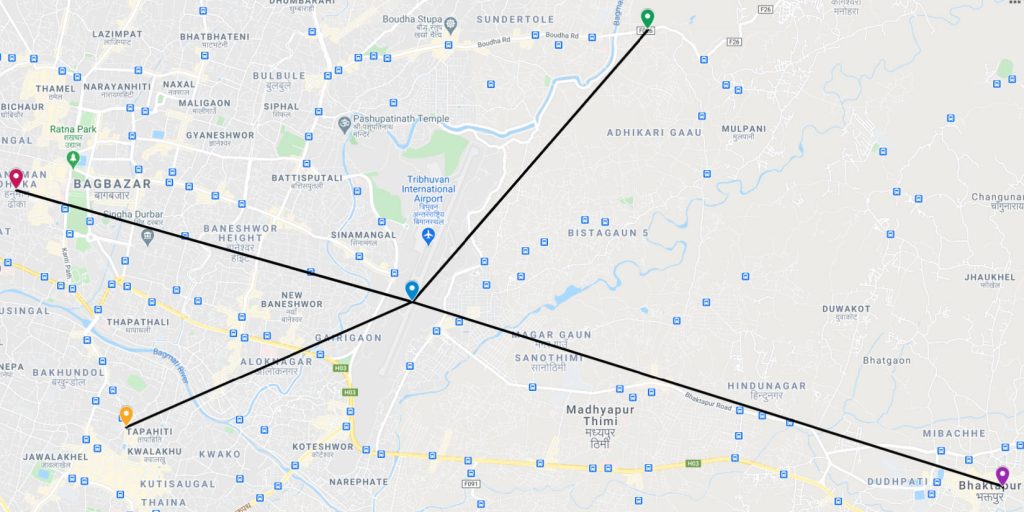
“Further, the place itself is a link that previously connected two districts, Kathmandu and Bhaktapur. After the airport and its expansion, however, they shifted the border to Manohara river,” says Babu Kaji Shrestha, Vice-Secretary of Shankhadhar Sakhwa Smriti Pratisthan Nepal and President of Malekule, a research group in Thimi.
“During that travel [on foot], they would rest and get refreshed at the phalcha. We can see a lo:hiti and a phalcha were strategically placed together in various places to give travellers shelter and water,” he adds.
“Before the airport and the extended runway was built here, the road used to go all the way from Bhaktapur to Ratna Park of Kathamndu. It was a highway for that time, also said to be the first-ever blacktopped road. We can still see the paved road near the phalcha, underneath all the grass and weed,” Kayastha informs.
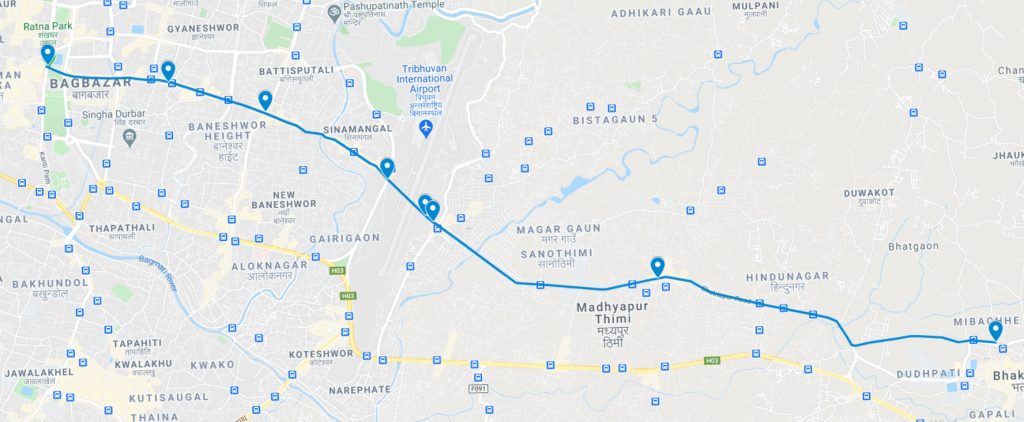
In addition, the site was resourceful for the locals. “We used to come here [to the spout] to fetch water, wash clothes, and to take a shower. It was accessible to us till 1996, even after the airport was built. But, after the insurgency period, citing security reasons, the airport took over the land and shifted the wired fence down [near the Motherland Hospital in Purano Sinamangal],” informs Bista.
He further shares that due to lack of leadership and sensitivity issues around the airport, the locals could do or did nothing regain access until today.
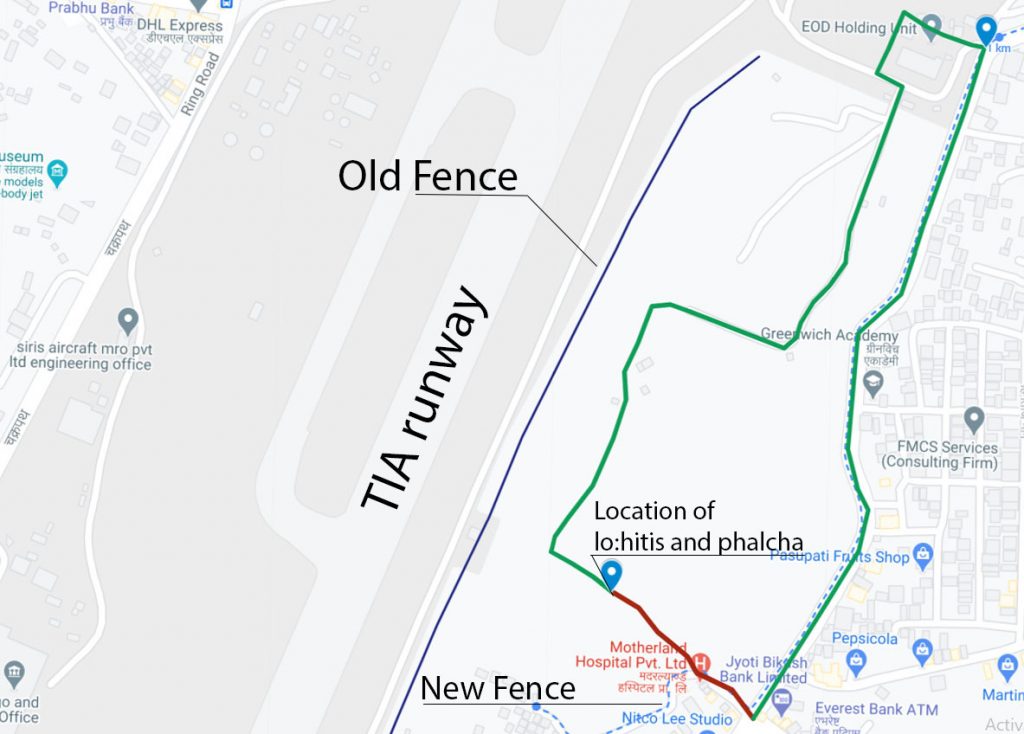
With the lack of written manuscripts, many historians and cultural experts agree on the known history of Nepal Sambat and that Sakhadhar Sakhwa is a national icon. But, they do have different opinions on the place where it started.
Historian Hare Ram Joshi says it is not important to determine from where Sakhwa announced that people were debt-free, but it can be a topic of debate. Cultural expert and retired Nepal Bhasa professor at Tribhuvan University, Chunda Bajracharya, adds, “We have found that Prof Dr Kamal Prakash Malla had mentioned, in his article, that the said site [at the TIA] is the mid-point for the three districts and it was where Sakhwa made his announcement. Further research on it is important.”
The distorted and scattered heritage
The very first distortion can be seen in the name of the place itself. “The area was originally called Shila Muga (stone pillar), citing the place where the historic pillar was once erected. The name slowly got distorted from Shila Muga to Simana ya Muga (border pillar) to Sinamangal. The original name held meaning, Sinamangal has absolutely no meaning yet, the original name has been overwritten,” says Kayastha.
While the name has been distorted, the activists say the heritage and various items there have also been scattered. “The pillar itself now exists in two pieces. One underneath the airport’s runway, while the other (approximately nine-foot-tall) has been displaced in a temple at the Purano Sinamangal Chok,” briefs Kayastha.
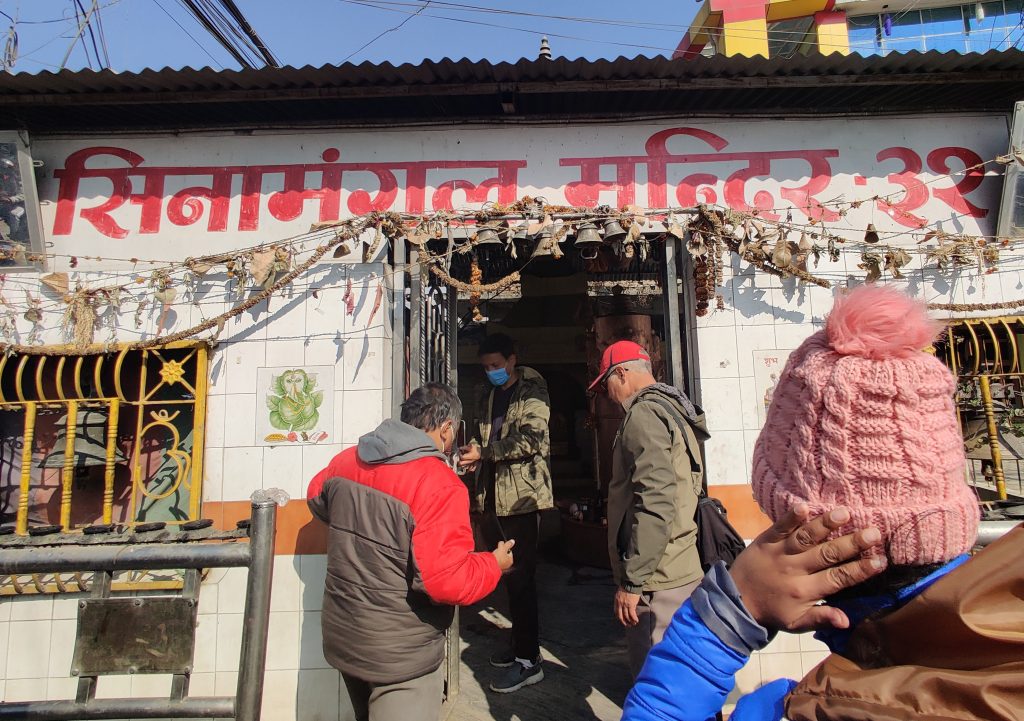
“Some 40 years ago, when the runway was being built, the authorities dug through the area. When the pillar did not budge from its place, they decided to break it in two, and go on with their expansion plan. The upper half of the pillar was then taken by the locals and then was established inside the temple premises. There was also a Ganesh idol near the site, which was then taken by the locals (in the west of the airport) and established the idol in a separate temple at the junction at Sinamangal height,” Bista claims.
Likewise, a statue of Sankhadhar Sakhwa present inside the Pashupatinath Temple premises was also reportedly displaced from near the claimed pillar’s site. Former Member Secretary of the Pashupati Area Development Trust Dr. Govinda Tandan, who also visited the site with Kayastha’s team, says historians have hinted the statue of a man with a sankha [conch] at the temple is that of Sakhwa.
Whereas, many of the idols and statues that were placed around the two lo:hiti sites have also been displaced and established, randomly at a corner, in the same temple.
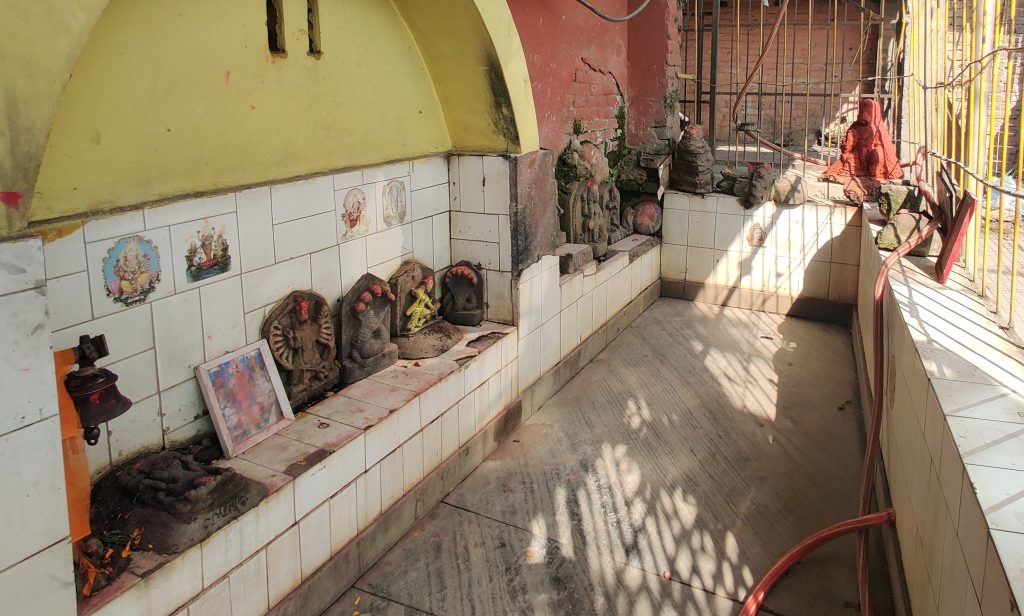
The heritage activists and locals involved in and aware of the campaign have also expressed their disappointment as the supposed historic pillar has been worshipped as a Shivalinga (Santaneshwor Mahadev) and “redecorated” with copper. The so-called beautification was done only three years ago by a Rijal family. Likewise, the outer structure of the temple was built in June 2012 by Purano Sinamangal Youth Club.
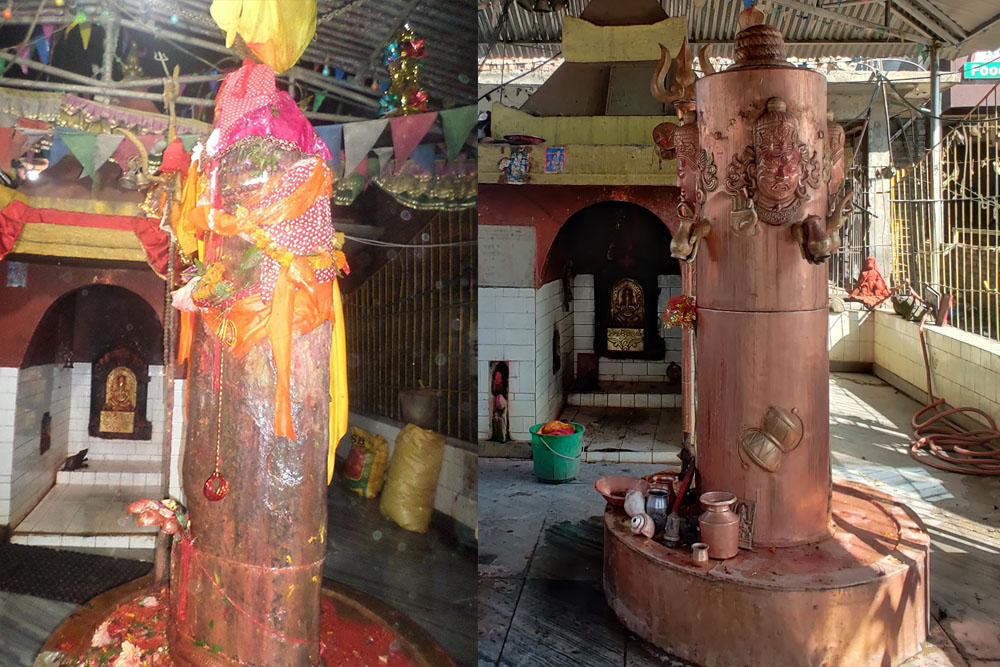
One of the two spouts restored from the airport has been temporarily placed elsewhere while the restoration process is being held.
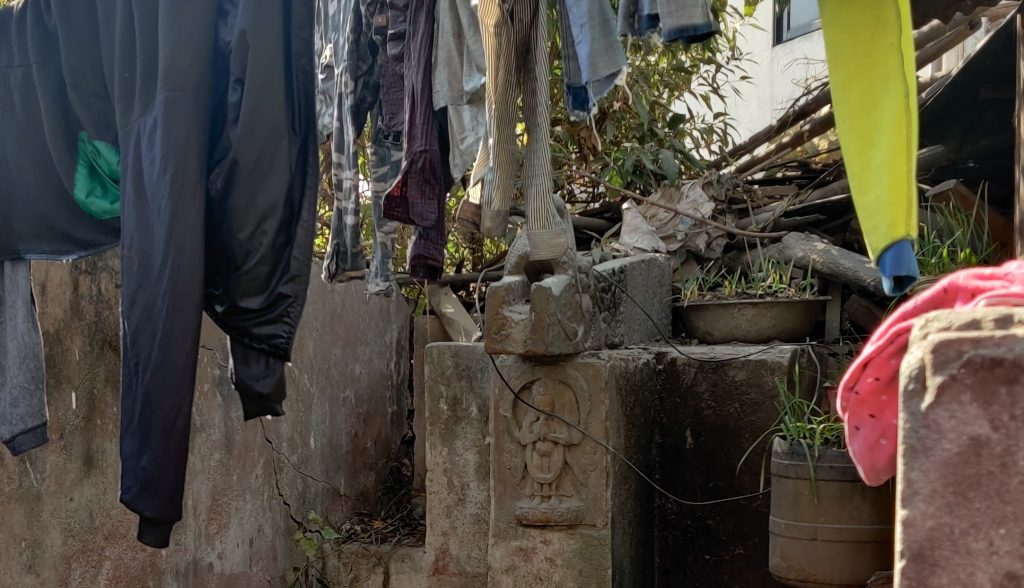
Meanwhile, it was not just the heritage that the expansion of the international airport scattered, it was also families.
Madhav Lamichhane and his family were once residents inside the airport. “We had 100 ropanis of land inside the airport premises. Many attempts were made [by the authorities] to displace the family and get the land. However, as far as I remember, it was in the fourth attempt in 1979 that we gave in and moved from the place. We had our home in the area which is all rubbles now and has turned into grassland,” he laments, “We sold the land for mere Rs 2,800 per ropani, after that the family split and scattered throughout the valley.”
Saving the heritage
Action now, Kayastha says, is more important. “So much distortion of history and our heritage has been going on, we have to speak up. Right information regarding the pillar should be disseminated.”
Regarding the lo:hitis and phalcha, the initial phase will include the restoration and renovation of the site. “There is a lot that we need to do here, to restore it to the original state. It is sensitive work and will take a few months in the end before we restore all, fully,” Kayastha says, “One of the two lo:hiti sites is still underground, so we need to excavate and restore that as well.”
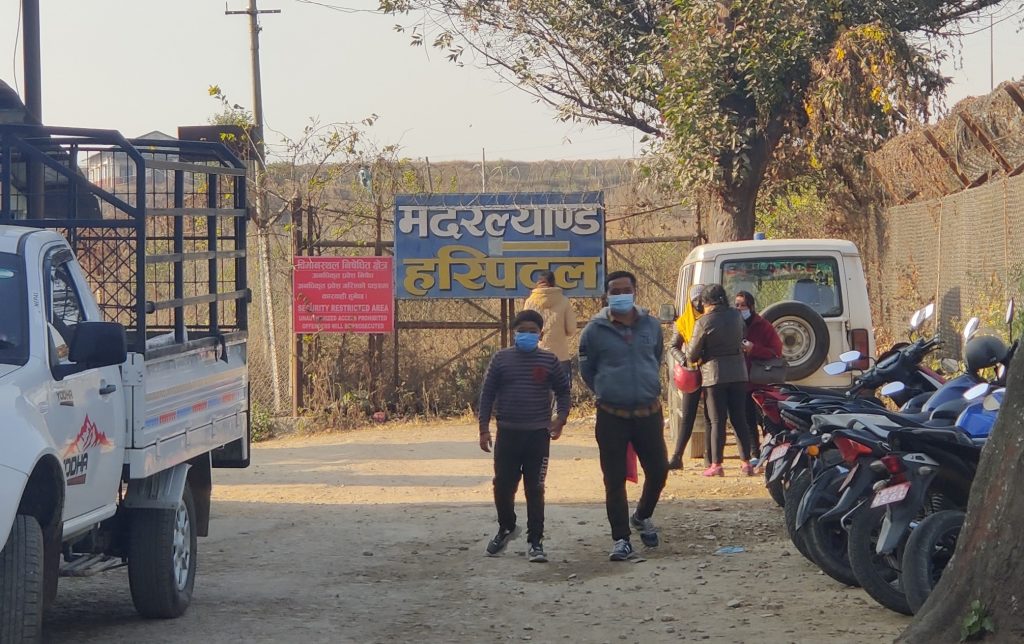
His further plan for the site includes getting permission from the authorities to open the gate near the Motherland Hospital site and give locals access to the phalcha and the lo:hitis. “This is unused land, the authorities plan to develop this as a parking lot. But, we will advocate that the locals get easy access, like before, adhering to all the security issues.”
“Our ancient monuments and heritage sites are to be restored and preserved. They are protected under the Ancient Monuments Preservation Act. Anyone who tries to distort and damage them should and will be punished,” advocate Juju Kaji Maharjan adds.



